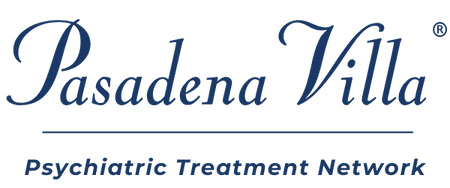Depression is one of the most common mental illnesses in the United States, where over 21 million adults — or 8.4% of the population — experienced at least one major depressive episode in the last year.1 Depression is both a disorder itself as well as a symptom of other disorders. Some people experience only depression, while others experience depression alongside other symptoms.
Additionally, there are different types of depression, and the magnitude of the diagnosis ranges from person to person. For example, some people experience only one intense depressive episode, while others live with chronic depression that significantly affects their quality of life. What are the different types of depression, some signs and symptoms, and how can you find help?
What is Unipolar Depression?
Unipolar depression is another term that describes major depressive disorder, also called clinical depression. Major depression is the most common form of depression and affects millions of people in the US every year.2 Unipolar depression symptoms range from mild to severe. They affect how a person thinks and feels, as well as their interest in activities and ability to carry out daily tasks.
Unipolar depression signs and symptoms
Unipolar depression signs and symptoms include:
- Relentless feelings of sadness, anxiety, emptiness, hopelessness, or pessimism
- Irritability, frustration, or restlessness
- Feeling guilty, worthless, or helpless
- Losing interest in activities and hobbies
- Low energy or lethargy
- Difficulties concentrating, focusing, or making decisions
- Difficulties with sleeping, including insomnia, oversleeping, or interruptions in sleep
- Changes in appetite
- Unplanned weight changes
- Self-harm
- Suicidal ideation
- Suicide attempts
Learn: The Difference Between Bipolar I and Bipolar II
What is Bipolar Depression?
Bipolar disorder is a condition that causes severe shifts in mood, activity, and energy levels. It consists of two primary mood states, or “episodes” — manic episodes and depressive episodes. Bipolar depression refers to depressive episodes that are symptoms of bipolar disorder. These episodes differ from unipolar depression, though, because depressive episodes last for a few weeks before giving way to manic episodes.3
Bipolar depression signs and symptoms
Signs and symptoms of bipolar depend on the type of episode a person is in. Symptoms of bipolar depression are similar to the unipolar depression symptoms listed above. On the other hand, symptoms of bipolar mania include:
- Feeling extremely high, elated, “up,” irritable, or agitated
- Feeling more active than normal
- Needing less sleep
- Fast-paced, racing thoughts
- Talking quickly about a lot of different ideas
- Inflated sense of confidence or self-importance
- Participating in risky or harmful behaviors, such as compulsive shopping, overeating, having unprotected sex, or excessive drug or alcohol use
Learn: The Difference Between Depression and Manic Depression
Finding Help for Unipolar and Bipolar Depression
Thankfully, help is available for both unipolar depression and bipolar disorder. Mental health treatment programs are the first step in learning to manage and live with symptoms of these conditions. Programs like those at Pasadena Villa provide individualized and comprehensive care that equips people with the skills and tools to regulate their mental health and live happy, fulfilling lives.
If you or a loved one are struggling with bipolar disorder or unipolar depression, please reach out. Call us or fill out the online form to speak with an admissions specialist. We can answer any questions you may have and help you determine the program that best fits you or your loved one’s needs to achieve sustained recovery and live independently following treatment.
References
- National Institute of Mental Health. (2022). Major Depression.
- National Institute of Mental Health. (2022). Depression.
- National Institute of Mental Health. (2023). Bipolar Disorder.

